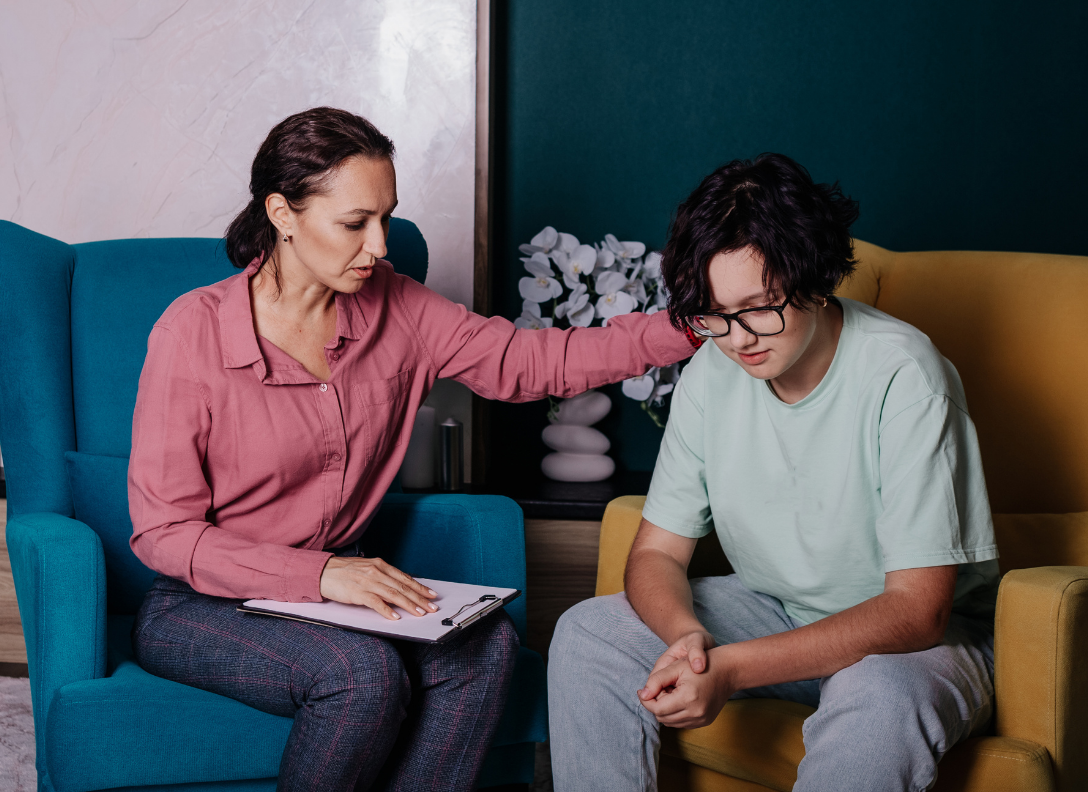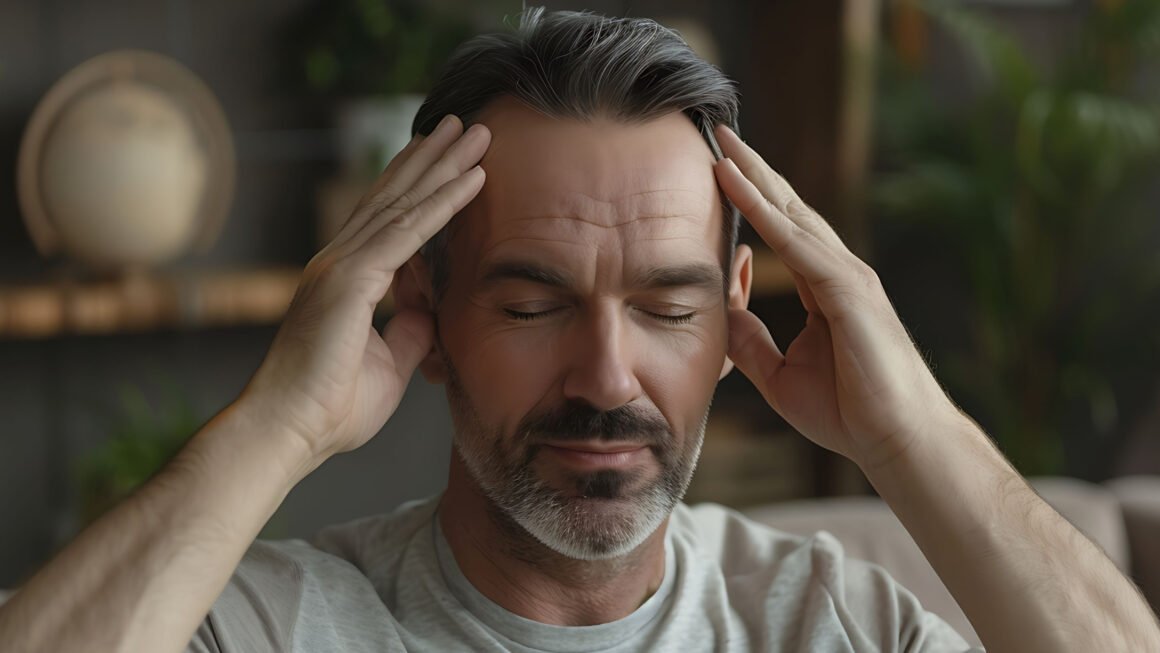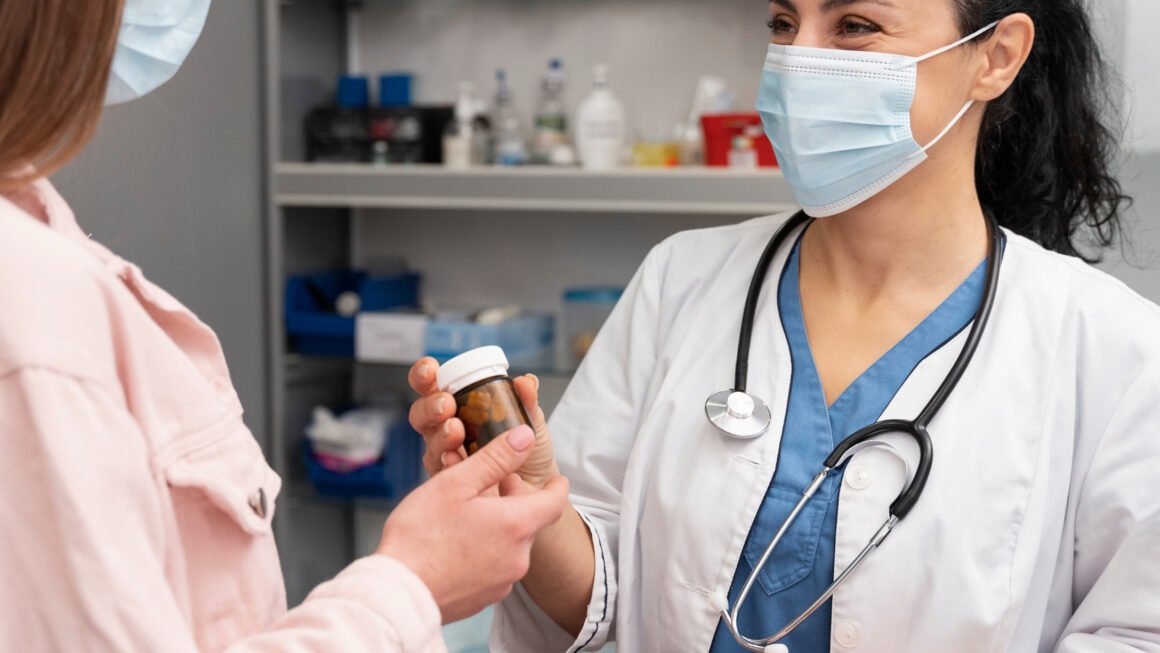Opioid addiction is one of the most urgent health crises of our time. Millions of people worldwide are dependent on opioids such as heroin, fentanyl, and prescription painkillers. The crisis is especially severe in North America, where opioid overdoses claim over 80,000 lives in the U.S. every year, but the problem is far from confined to one region. In India and other parts of Asia, rising misuse of synthetic opioids like tramadol is creating new waves of dependency.
What makes opioid addiction uniquely challenging is its dual impact: it causes physical dependence through chemical changes in the brain and psychological dependence through altered thought patterns, emotions, and behaviors. Medication-Assisted Treatment (MAT) addresses the physical side by reducing cravings and withdrawal. But without counseling and therapy, relapse is highly likely. Counseling helps individuals understand why they use, equips them with tools to handle triggers, and provides the social and emotional support that medication alone cannot offer.
Why Counseling Matters in Opioid Addiction Recovery
Recovery from opioid addiction is more than stopping drug use it’s about rebuilding an entire life. Counseling provides the foundation for this transformation.
- Identifying root causes: Many people struggling with opioids have histories of trauma, chronic stress, or untreated mental health disorders. Counseling helps individuals explore these deeper issues, replacing destructive coping mechanisms with healthier ones. For example, someone using opioids to numb trauma-related flashbacks can be taught grounding techniques or safer coping tools.
- Breaking destructive cycles: Addiction often traps people in a repeating cycle of craving, use, guilt, and relapse. Counseling focuses on interrupting these loops by teaching strategies such as urge surfing (riding out cravings without acting on them) and cognitive reframing to shift destructive thinking.
- Strengthening motivation: Addiction drains hope and self-belief. Therapists use motivational techniques to remind people of their goals whether that’s reconnecting with family, regaining work, or improving health. These conversations build resilience when cravings strike.
- Rebuilding relationships: Addiction often isolates people. Family members may lose trust, and friends may distance themselves. Counseling offers a space to rebuild these connections, addressing guilt, shame, and communication issues so that loved ones can become part of the support network.
Types of Counseling and Therapy for Opioid Addiction
There isn’t one “best” type of counseling for opioid addiction. Instead, a mix of therapies tailored to each person’s background, triggers, and preferences tends to work best.
- Cognitive Behavioral Therapy (CBT): CBT is widely used in addiction treatment because it directly tackles the thoughts and behaviors that fuel drug use. For example, a person who believes “I can’t handle stress without opioids” learns to challenge that belief and replace it with healthier coping strategies such as exercise, journaling, or breathing techniques. CBT also emphasizes relapse prevention by preparing individuals for high-risk situations.
- Motivational Interviewing (MI): Many people battling addiction feel torn—part of them wants to quit, while another part wants to continue using. MI works by respecting this ambivalence and gently guiding individuals to find their own reasons to change. Instead of being told what to do, they are encouraged to explore how recovery aligns with their personal values, such as being a better parent or regaining independence.
- Contingency Management (CM): This approach provides tangible rewards for positive behaviors, such as attending therapy sessions or testing negative on drug screenings. Studies show that even simple incentives, like vouchers or points redeemable for goods, significantly increase abstinence rates. For people who feel stuck, these rewards provide motivation in the early, hardest days of recovery.
- Group Therapy: Addiction thrives in isolation, and group therapy breaks that pattern. By sharing experiences, participants realize they are not alone. Hearing how others manage cravings or rebuild relationships provides practical strategies and hope. Group therapy also creates accountability, as members encourage each other to stay committed.
- Family Therapy: Addiction affects entire households, not just the individual. Family therapy sessions repair strained communication, reduce blame, and teach families how to support recovery instead of enabling destructive behavior. For example, families may learn how to set healthy boundaries while still offering encouragement.
- Trauma-Informed Therapy: Since many opioid users have histories of abuse or trauma, specialized therapy like Eye Movement Desensitization and Reprocessing (EMDR) helps them process painful memories without turning to substances for relief. Trauma-informed approaches recognize that healing past wounds is often central to overcoming addiction.
Emerging Counseling Approaches
As technology and healthcare evolve, new counseling options are making treatment more accessible.
- Telehealth counseling: Virtual therapy sessions have expanded access, especially in rural areas where addiction services are scarce. Patients can meet with licensed counselors from home, reducing barriers such as travel and stigma.
- Digital recovery tools: Mobile apps now provide real-time support with features like mood tracking, relapse prevention reminders, and access to peer communities. While not a replacement for therapy, they complement traditional counseling.
- Peer recovery coaching: Some programs pair individuals with trained peers who have lived experience with addiction. These mentors provide practical guidance and emotional support, helping people stay engaged in recovery.
Counseling and MAT: A Stronger Combination
On its own, MAT addresses the chemical side of addiction. When combined with counseling, it becomes far more effective.
- Managing triggers and stress: While MAT reduces cravings, counseling gives people strategies to handle life’s stressors, preventing those cravings from turning into relapse.
- Treating co-occurring disorders: Many people with opioid addiction also live with depression, anxiety, or PTSD. Counseling ensures these conditions are treated simultaneously, improving recovery outcomes.
- Long-term resilience: Medications stabilize brain chemistry, but therapy builds the confidence and life skills needed to maintain recovery once medication is tapered or discontinued.
Challenges in Accessing Counseling
Even with clear benefits, counseling for opioid addiction faces major barriers.
- Stigma and judgment: Many people hesitate to seek therapy because of cultural stigma, fearing they will be labeled “weak” or “broken.” This prevents them from accessing life-saving care.
- Limited treatment availability: In many regions, especially rural areas, there are too few qualified addiction counselors. Long waiting lists discourage people from continuing treatment.
- Financial costs: Therapy can be expensive, and not all insurance plans cover addiction counseling fully. Out-of-pocket costs remain a major obstacle.
- Retention and consistency: Addiction recovery is a long-term journey. Many individuals drop out of counseling after initial progress, which increases relapse risk. Continuous engagement is critical but often difficult to maintain.
FAQs
1. Can counseling replace medication in opioid recovery?
No. For opioid addiction, medications such as methadone or buprenorphine are often necessary to stabilize the body. Counseling alone rarely addresses the intense cravings and withdrawal symptoms that drive relapse.
2. How long does counseling usually last?
It varies widely. Some people attend weekly sessions for a year, while others benefit from ongoing counseling for several years. The duration depends on progress, co-occurring conditions, and the level of support needed.
3. Is group therapy enough by itself?
Group therapy is valuable, but it works best when combined with individual counseling and, in many cases, MAT. Together, these approaches offer emotional, behavioral, and physical support.
4. How does trauma therapy support opioid recovery?
Since trauma is often a driver of substance use, therapies like EMDR or trauma-focused CBT help individuals process unresolved experiences. This reduces the urge to self-medicate with opioids.
5. Can family therapy really make a difference?
Yes. Studies show that family involvement improves recovery outcomes. When families learn how to communicate better, set healthy boundaries, and offer support, individuals are more likely to maintain sobriety.
6. What role does telehealth play in addiction counseling?
Telehealth has revolutionized access, especially during and after the COVID-19 pandemic. Online counseling allows people to connect with therapists without travel, reducing barriers like stigma and distance.
7. Why do some people relapse even with counseling?
Relapse is part of recovery for many. It doesn’t mean therapy failed—it means new strategies are needed. Often, relapse reflects stressors, untreated mental health issues, or gaps in support, which counseling can address with adjustments.
8. Does insurance cover addiction counseling?
In many countries, yes. Insurance providers often cover addiction counseling, especially when it’s part of a recognized treatment program. However, coverage varies, and some patients still face out-of-pocket costs.
Counseling and therapy are not “optional extras” in opioid addiction recovery—they are essential. While medications stabilize brain chemistry, therapy provides the tools, motivation, and emotional healing that make long-term recovery possible.
By addressing the root causes of addiction, teaching coping strategies, and rebuilding relationships, counseling empowers individuals to move forward. Combined with MAT and community support, it forms one of the strongest pathways out of opioid dependency.
Addiction is a difficult and complex illness, but recovery is achievable. Counseling reminds us that healing is not just about stopping drug use—it’s about building a healthier, more meaningful life.




